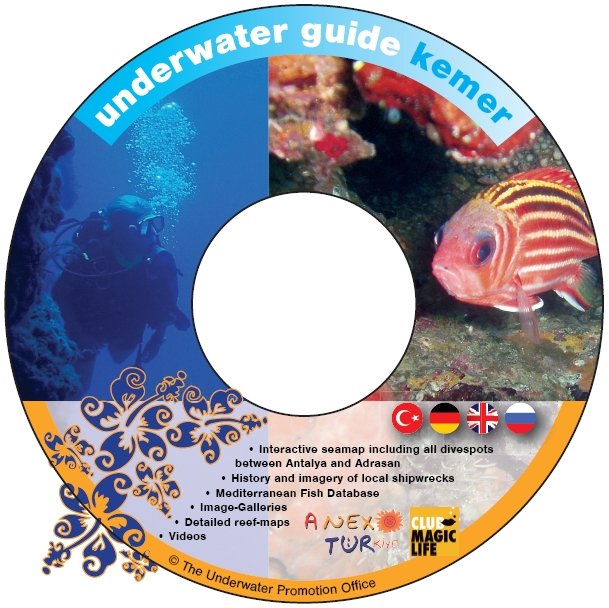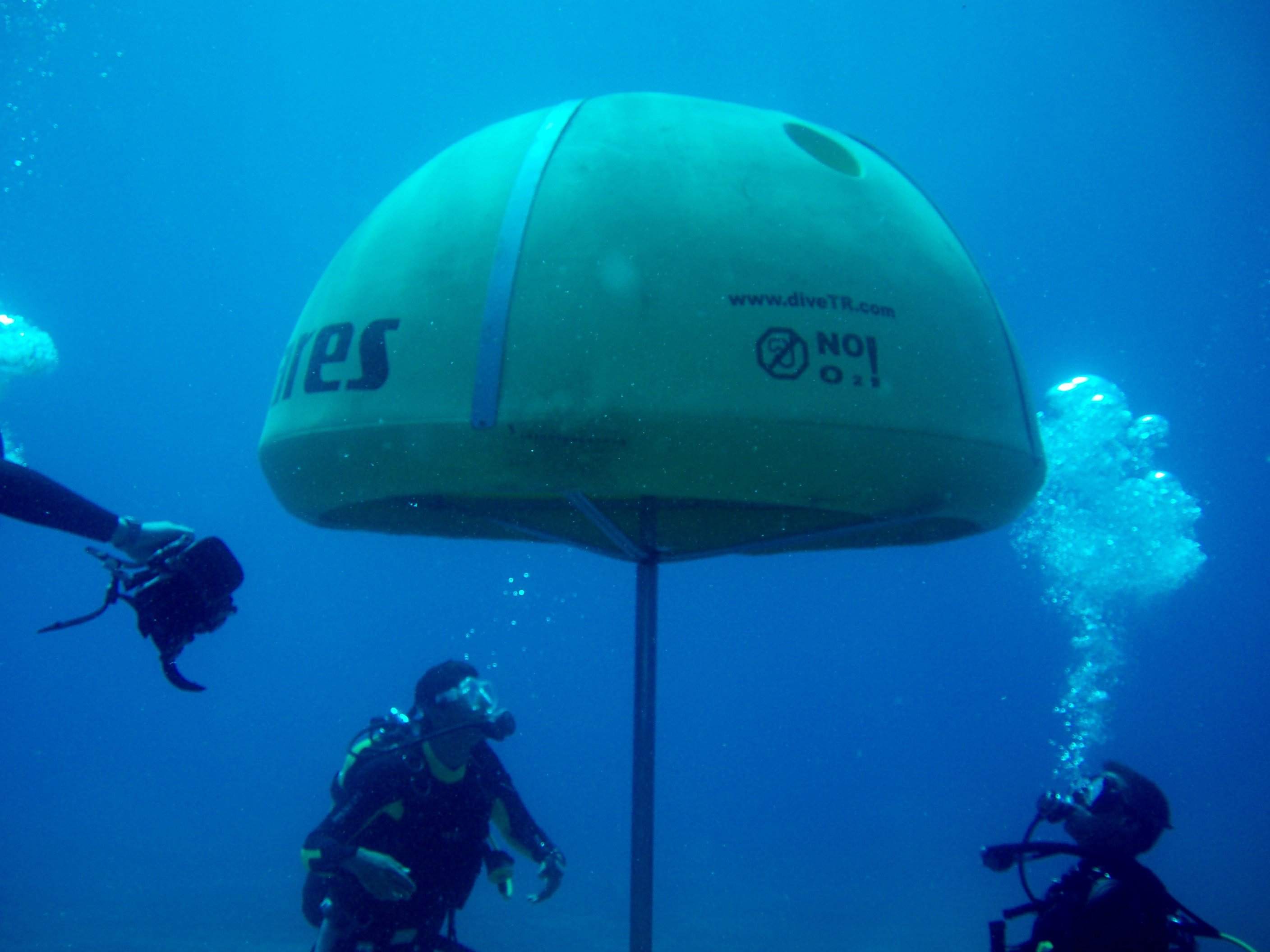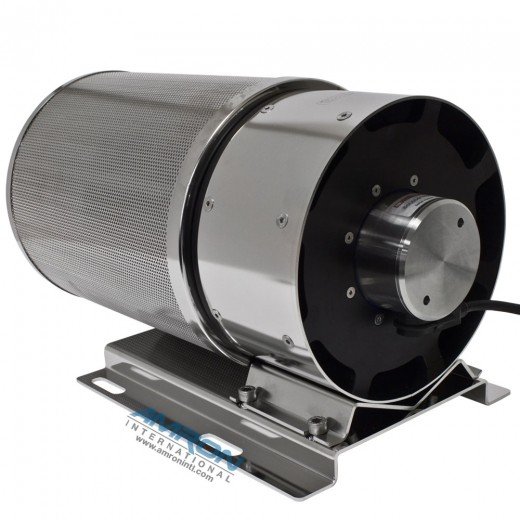 Check out Wikipedia for all information about the history of Underwater Habitats. We just finished the preparation for the same article on the German Wikipedia and will continue to add the results of our investigations there.
Check out Wikipedia for all information about the history of Underwater Habitats. We just finished the preparation for the same article on the German Wikipedia and will continue to add the results of our investigations there.
Image by Wikimedia Foundation
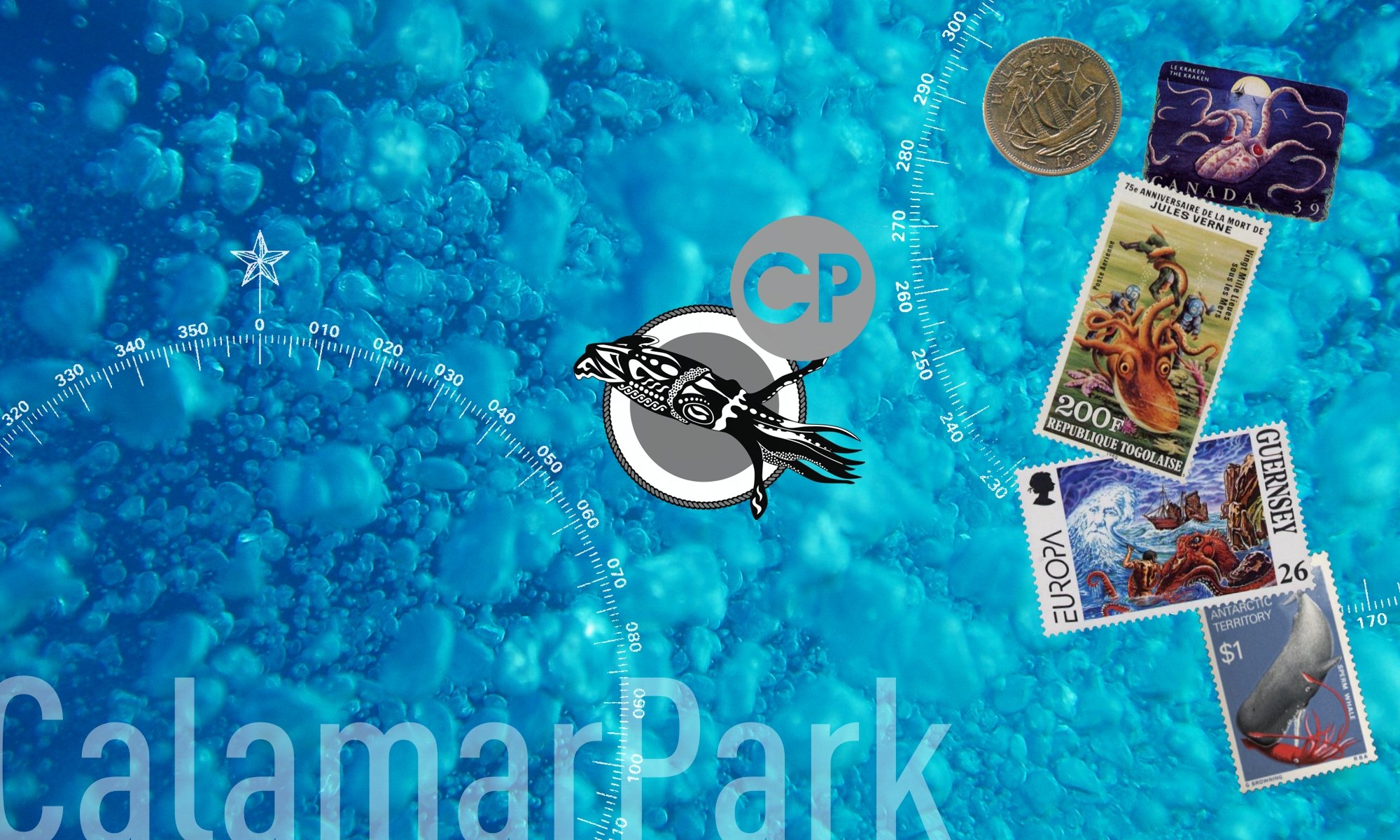
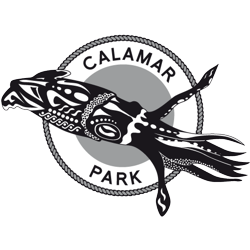
 Nachdem wir uns dazu entschieden haben, alle Studien über bisherige Unterwasserstationen in die deutschsprachige Wikipedia einzupflegen, ist nun der Artikel über Geschichte und Technik von
Nachdem wir uns dazu entschieden haben, alle Studien über bisherige Unterwasserstationen in die deutschsprachige Wikipedia einzupflegen, ist nun der Artikel über Geschichte und Technik von 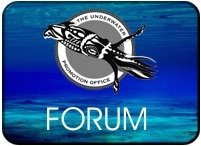 The first idea for an undersea station developed in 2007 with the opening of the Underwater Station Forum on UnderwaterPromotion.com. In the following 5 years we collected nearly 250 evaluated contributions on 34 subjects. Without counting all hits of bots and search engines we had more than 200.000 interested readers. The page might have been fatally hacked, but all these contributions were not lost. We distilled them and are still publishing the summaries on CalamarPark.com since 2016. Still it is an open-source project and we ask everyone interested in the subject to contribute his ideas and comments via the comment function under each post.
The first idea for an undersea station developed in 2007 with the opening of the Underwater Station Forum on UnderwaterPromotion.com. In the following 5 years we collected nearly 250 evaluated contributions on 34 subjects. Without counting all hits of bots and search engines we had more than 200.000 interested readers. The page might have been fatally hacked, but all these contributions were not lost. We distilled them and are still publishing the summaries on CalamarPark.com since 2016. Still it is an open-source project and we ask everyone interested in the subject to contribute his ideas and comments via the comment function under each post.![Osmunda Regalis, Christian Fischer [CC BY-SA 3.0 (http://creativecommons.org/licenses/by-sa/3.0)],](https://calamarpark.com/wp-content/uploads/2016/10/Königsfarn.jpg)
 The Tektite habitat was an underwater laboratory which was the home to divers during Tektite I and II programs. The Tektite program was the first scientists-in-the-sea program sponsored nationally. The habitat capsule was placed in Great Lameshur Bay, Saint John, U.S. Virgin Islands in 1969 and again in 1970. Get all information on
The Tektite habitat was an underwater laboratory which was the home to divers during Tektite I and II programs. The Tektite program was the first scientists-in-the-sea program sponsored nationally. The habitat capsule was placed in Great Lameshur Bay, Saint John, U.S. Virgin Islands in 1969 and again in 1970. Get all information on 